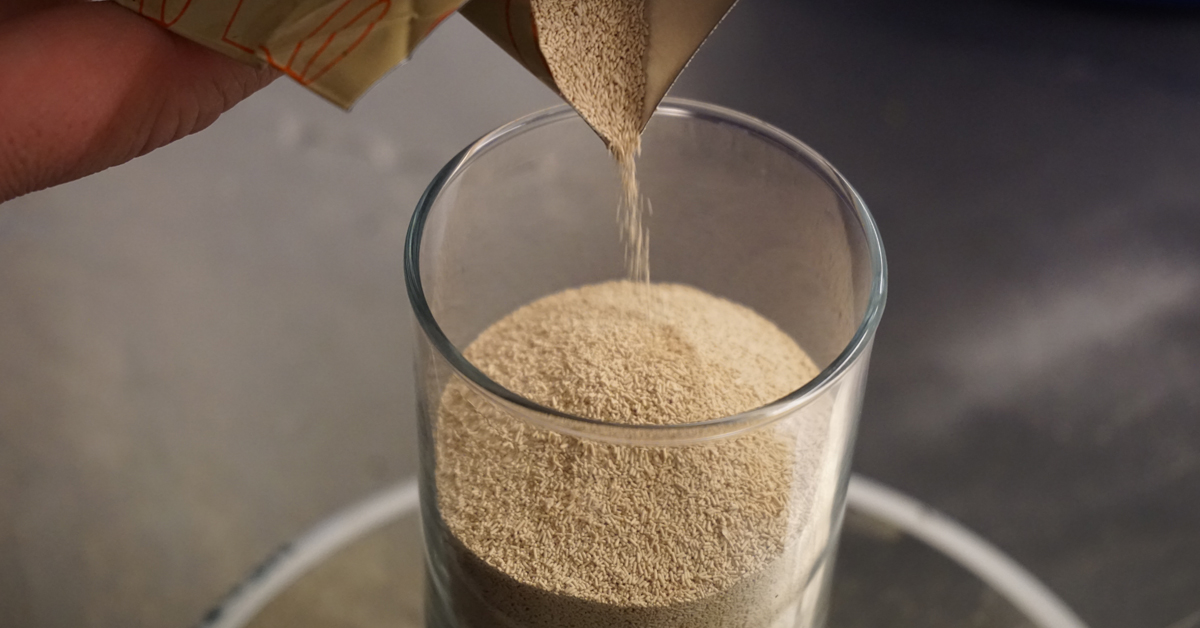Yeast is arguably the most important ingredient in beer, without it we would be left with sugary bitter wort. The next few weeks will look into some of the major topics when it comes to homebrewers working with yeast.
Rehydration
Dry yeast is often added directly on top of the wort in the fermenter by home brewers. This method is ideal for beginners and when you are not confident with sanitation practices. It is easy to kill the yeast at high temperature and can also allow for the introduction of wild yeasts. However when sprinkling dry yeast directly to the top of the wort about half of the yeast cells are killed, which may put a strain on fermentation and producing off flavours.
Most manufacturers will have a specific process for the rehydration of their yeast however here is a basic overview of the process;
- Items you will need and the process:
- Sanitiser
- 250 ml (8 fl oz)container
- Larger container for water bath
- Thermometer
- Sanitised non chlorinated water 200 ml (6.7 fl oz) (fresh filtered water or by boiling tap water for 7 mins)
- Aluminium foil
- Allow the yeast to warm to room temperature
- In a sanitised container prepare a small amount (10 ml/g of yeast) of sanitised non chlorinated water use a water bath of either boiled or cold water to get your yeast water to 30 – 400C (86 – 104°F) for Ales and 15 – 25°C (59 – 77°F) for lager yeasts
- Sprinkle dry yeast over the top of the water trying to avoid any large dry clumps let sit for 15 mins loosely covered with aluminium foil to avoid foreign matter and wild yeast falling in the yeast, then stir gently
- Gently stir again to form a cream then let sit for another 5 mins covered
- Ensure the temperature of the cream is within 80C (46°F) of your wort
- Pitch the cream into the fermenter ideally as soon as possible
Next week we will be discussing ‘starters’ with dried or liquid yeast.
